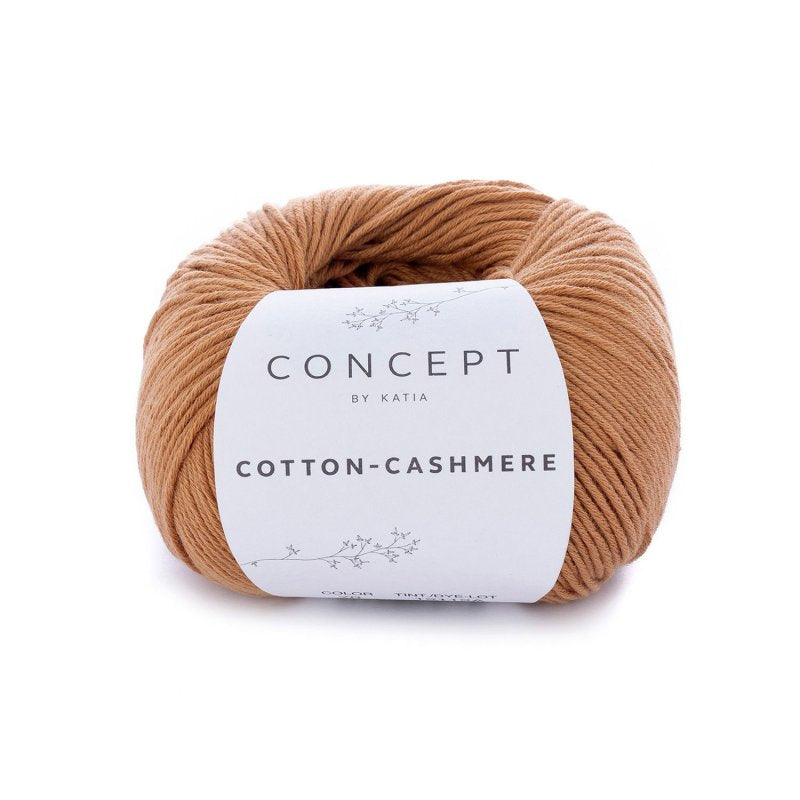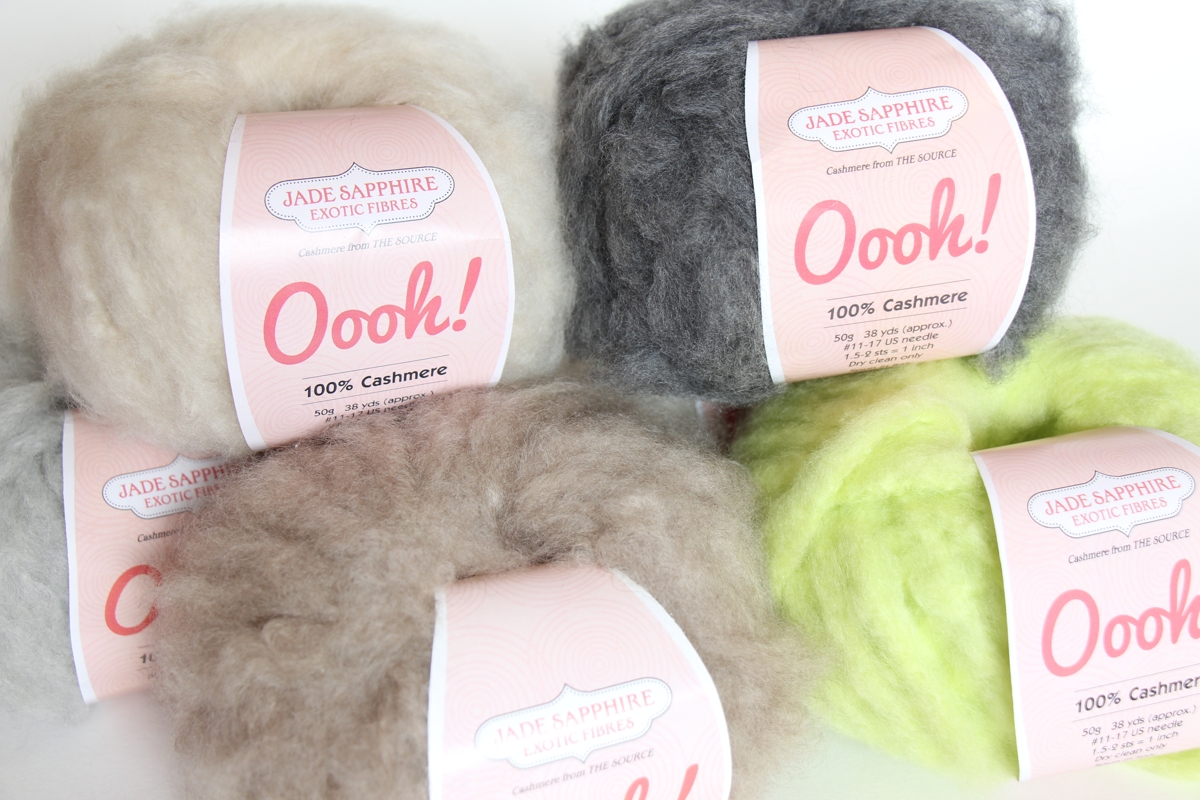What Is Cashmere and Why It’s Regarded One of the Softest Fabrics in the World
What Is Cashmere and Why It’s Regarded One of the Softest Fabrics in the World
Blog Article
Comprehending the Different Sorts Of Cashmere a Natural Fiber and Their One-of-a-kind Benefits

The Origins of Cashmere: A Historic Overview
While the luxurious touch of cashmere remains to beauty modern-day consumers, its beginnings map back to the harsh, chilly environments of Mongolia and the Himalayas. For centuries, the indigenous individuals of these areas have been raising Capra Hircus goats, the prime resource of cashmere woollen. These goats, durable versus the serious winter seasons, expanded a great undercoat to survive, which later came to be recognized as cashmere. The name itself pays homage to Kashmir, a region in India where the woollen was at first refined. Much of the very early cashmere profession path was promoted by the Silk Roadway, connecting Asia with the Center East and Europe. Despite its global spread, the finest cashmere is still believed to stem from the initial areas of Mongolia and the Mountain Ranges.

The Manufacturing Process: From Goat to Garment
Shearing a Capra Hircus goat marks the inception of the elaborate cashmere manufacturing procedure. The resultant raw cashmere is after that washed to get rid of impurities such as dust, grease, and veggie matter.
The clean fiber goes through dyeing, spinning, and weaving, or knitting, to change it right into a textile. Facility treatments such as quality assurance checks and finishing procedures adhere to, guaranteeing the end product maintains the glamorous requirement expected of cashmere. This painstaking procedure, from goat to garment, warrants the high price affixed to cashmere products, making them a symbol of luxury and improvement.
The Different Kinds Of Cashmere: An Extensive Analysis

The Special Advantages of Cashmere: Convenience and Sustainability
Moving from the range of cashmere kinds to the advantages they use, comfort and sustainability attract attention prominently. Cashmere, a natural fiber, is renowned for its unmatched softness, providing a level of comfort that synthetic fibers can't match. The material's lightness, yet excellent heat find out retention, makes it ideal for all seasons. Cashmere's natural flexibility enables it to return to its original shape, making it resistant to diminishing or extending.
When it comes to sustainability, cashmere is naturally degradable and sustainable, as it's gathered from cashmere goats who regrow their coats annually. what is cashmere. Unlike synthetic fibers which can take centuries to decay, cashmere's effect on the atmosphere is very little. This combination of comfort and sustainability makes cashmere a beneficial Full Report choice for aware customers

Caring for Your Cashmere: Maintenance and Conservation Tips
While cashmere is most certainly a sustainable and elegant option, it calls for particular care to maintain its high quality and prolong its life-span. To begin, cashmere must be hand washed utilizing chilly water and a moderate detergent. Cashmere products must be kept in a trendy and dry location, away from direct sunlight and dampness.
Purchasing Cashmere: Understanding Its Value and Well Worth
Although cashmere might originally appear like a pricey financial investment, its long-lasting value and worth become apparent when you their website consider its remarkable qualities. Known for its unrivaled softness and heat, cashmere is a costs natural fiber that exceeds other materials. Its high demand and minimal supply add to its high cost, however its sturdiness ensures it lasts for years, offering superb worth for money. Cashmere items are classic, typically becoming antiques gave with generations. what is cashmere. Moreover, its all-natural protecting properties give warmth without the mass of artificial fibers. Purchasing cashmere, as a result, is not almost existing fashion fads, however concerning accepting a lasting, resilient, and elegant way of living.
Verdict
In summary, the sort of cashmere one picks, be it Mongolian, Chinese, or Italian, is determined by individual preferences for heat, budget plan, deluxe, and sustainability. The worth of cashmere extends past its cost, with comfort and durability including in its well worth. Correct treatment and upkeep can guarantee its conservation. Recognizing the origins, production procedure, and special advantages of various kinds of cashmere can assist consumers in their investment in this elegant natural fiber.
Whether it's the extraordinary warmth of Mongolian cashmere, the cost of Chinese cashmere, or the eco-conscious production of Italian cashmere, there's a story to be uncovered behind each fiber kind. Cashmere, an all-natural fiber, is renowned for its unmatched soft qualities, offering a level of convenience that synthetic fibers can not match.When it comes to sustainability, cashmere is renewable and naturally degradable, as it's harvested from cashmere goats that regrow their coats every year. Understood for its unparalleled gentleness and warmth, cashmere is a costs natural fiber that outshines other products. Understanding the beginnings, production process, and one-of-a-kind benefits of different kinds of cashmere can guide customers in their investment in this extravagant natural fiber.
Report this page